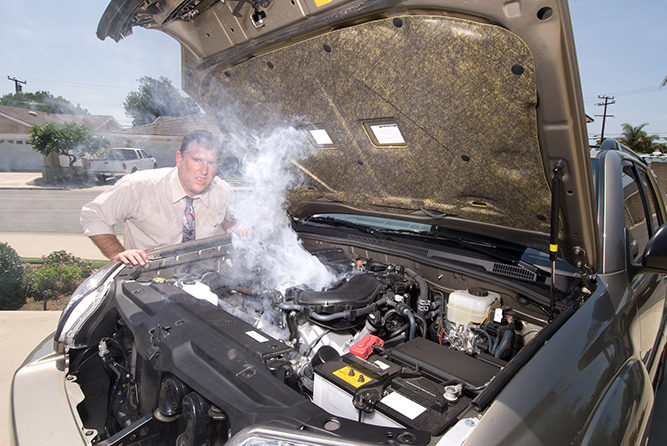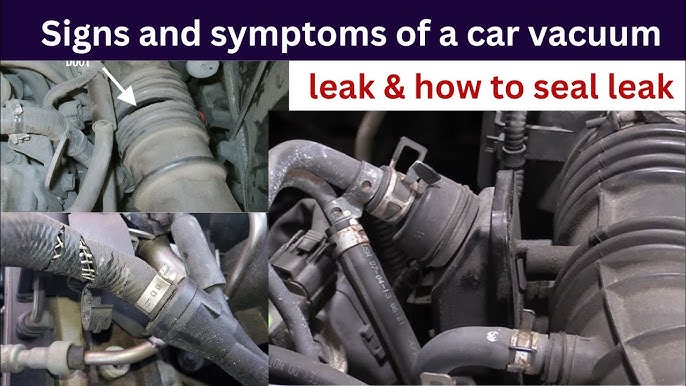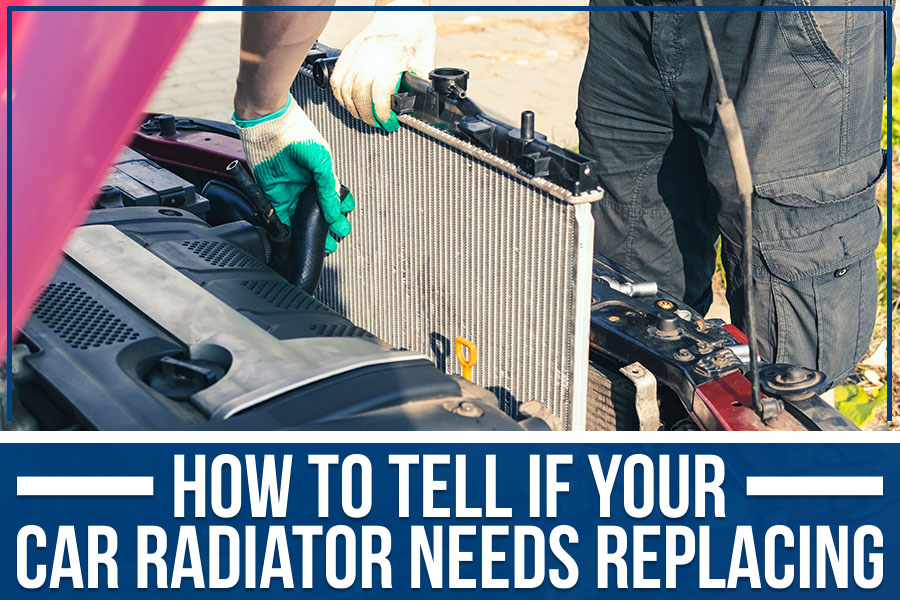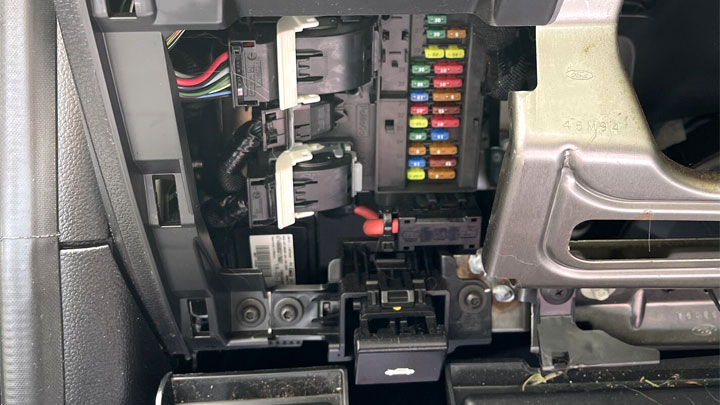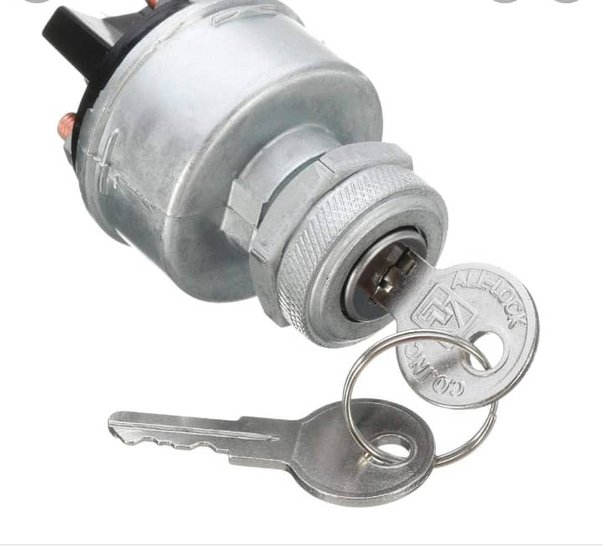Car Still Overheating After Adding Coolant
If your car is still overheating after adding coolant, there may be an underlying issue such as a coolant leak, a faulty thermostat, or a malfunctioning water pump. It’s essential to diagnose and fix these problems to prevent engine damage.
Dealing with an overheating car can be stressful and may indicate serious problems under the hood. Ensuring your vehicle’s cooling system operates efficiently is crucial for the engine’s longevity and performance. Your cooling system works hard to dissipate heat and regulate the engine’s temperature, but sometimes, even after topping off with coolant, the temperature gauge keeps climbing.
This could point towards a number of potential faults, including leaks in the cooling system, a defective radiator cap, a clogged radiator, or issues with the fan. Ignoring these signs can lead to a severe breakdown or expensive repairs. Timely diagnosis and repair are vital to maintain your car’s health and uphold safety on the road.
Common Causes Of Overheating
Picture this: you’ve topped off your coolant, but your car’s temperature gauge still skyrockets. A multitude of factors could be overworking your engine, leading to overheating. Let’s turn the spotlight on some commonly overlooked culprits.
Coolant System Leaks
Your car’s cooling system resembles a vascular network: it must be sealed tight to operate. Coolant leaks are notorious for causing overheating. Here’s a breakdown of leak hotspots:
- Hoses: Cracks or disconnections spur coolant loss.
- Radiator: Corrosion or damage leads to drips.
- Water pump: A compromised seal or gasket may leak.
- Head gasket: A breach here means major trouble.
Check for puddles under your car or a drop in the reservoir level. Sometimes, you might even smell the sweet scent of coolant in the air.
Malfunctioning Thermostat
The thermostat is the traffic cop for coolant flow. If it’s faulty, it can cause a severe jam, restricting circulation. Without a steady coolant flow, the engine can’t keep its cool. Watch for these thermostat red flags:
- Erratic temperature gauge readings.
- Heater blows cold air.
- Overheating despite full coolant.
Replace a bad thermostat promptly to prevent engine damage.

Credit: www.reddit.com
Diagnosing The Problem
Dealing with a stubbornly overheating car can be stressful. Recognizing that simply adding coolant didn’t fix the issue is the first step. Now, it’s all about diagnosing the problem to find a solution.
Take a logical approach. Investigate common culprits like leaks, thermostat issues, and radiator problems. Roll up your sleeves; let’s explore each possibility.
Checking For Leaks
A leaking cooling system can lead to overheating. Here’s how to check for leaks:
- Inspect hoses – Look for cracks or splits.
- Check connections – Ensure all clamps and fittings are tight.
- Observe the ground – Spot liquid pooling under the car.
If you find a leak, fixing it is the first step to cool down your engine.
Thermostat Testing
The thermostat regulates engine temperature. A faulty one can cause overheating. Test the thermostat by:
- Removing it from the engine.
- Submerging it in hot water.
- Observing if it opens.
A thermostat that doesn’t open needs replacing as it traps heat inside.
Radiator Inspection
The radiator dissipates heat from the engine. Issues here can lead to overheating. Examine your radiator for:
- Blockages – Check for debris or obstructions.
- Damage – Look for obvious signs of wear or holes.
- Fluid levels – Ensure coolant is at the right mark.
Clean, repair, or replace parts as necessary to ensure proper cooling.
Potential Hidden Issues
Experiencing persistent overheating in your vehicle even after adding coolant can be frustrating. This issue often points to problems lurking beneath the surface. Understanding potential hidden issues is crucial for diagnosing and fixing your car’s chronic overheating.
Blocked Coolant Passages
Coolant flow blockages are a common culprit behind overheating. These blockages prevent proper circulation of coolant, causing the engine to heat up quickly. Over time, debris or sediment can build up, resulting in clogged passages. Look out for:
- Discoloration of coolant
- Visible debris in the coolant reservoir
- Poor heater performance
A professional flush of the cooling system removes blockages and restores flow.
Failed Water Pump
The water pump is the heart of the cooling system. A malfunctioning water pump cannot circulate coolant correctly. Signs include:
- Leaking coolant around the water pump
- Weird noises from the pump area
Replacing the water pump is often necessary to solve this issue.
Damaged Head Gasket
Head gasket damage is a serious issue. It leads to coolant leaks into the combustion chamber. You might notice:
- White smoke from the exhaust
- Bubbly coolant reservoir
- Engine misfiring
Fixing a damaged head gasket requires immediate attention to prevent engine failure.
Effective Solutions
Is your car still overheating even after adding coolant? It’s a common issue with several potential fixes. Understanding the right solution can get your vehicle running smoothly once again. Let’s explore effective solutions to this heated problem.
Leak Repair Techniques
Locating and sealing a leak is often the first step in solving overheating issues. A car’s cooling system is complex, but pinpointing the leak can lead to a quick fix.
- Check hoses and connections for signs of damage or wear.
- Use a pressure tester to find less obvious leaks.
- Coolant system sealant can temporarily fix small leaks.
- For larger leaks, replacing the damaged part is necessary.
Thermostat Replacement
A faulty thermostat can cause your car to overheat by not allowing the coolant to flow properly. Replacing the thermostat might be the cure:
- Drain the coolant and remove the old thermostat.
- Install a new thermostat and gasket.
- Refill the system with coolant.
Flushing The System
Sometimes, the cooling system might be clogged with debris or rust. A thorough flush of the cooling system can resolve this. The process involves:
| Step | Action |
|---|---|
| 1 | Drain the old coolant. |
| 2 | Run a flush compound through the system to remove buildup. |
| 3 | Rinse the system with clean water. |
| 4 | Refill with fresh coolant. |
Preventive Maintenance Tips
If your car is still overheating after adding coolant, it’s time to focus on prevention. Regular maintenance helps avoid such situations. Keep your car’s cooling system working well with these tips:
Regular Coolant Changes
Coolant, or antifreeze, needs changing too. Over time, it breaks down and loses effectiveness. This can cause overheating. Swap out old coolant to keep your engine cool.
- Check your car’s manual for the right coolant type.
- Follow the suggested schedule for coolant replacement.
- Dispose of old coolant safely. It’s toxic to animals and the environment.
Monitoring Engine Temperature
Keep an eye on the temperature gauge on your dashboard. It tells you about your engine’s heat. If it climbs too high, you need to act fast to prevent damage.
| Gauge position | What to do |
|---|---|
| Normal range | Keep driving, but monitor. |
| Moving high | Stop driving. Check the cooling system. |
Routine System Check-ups
Professional check-ups can find problems early. A mechanic can spot leaks or part failures. This helps stop overheating before it happens.
- Make an appointment for a cooling system evaluation.
- Have the mechanic check all parts, such as hoses, clamps, and the radiator.
- Fix any issues right away to keep your car safe.
Credit: www.quora.com
Professional Help Vs. Diy
Your car overheats even after adding coolant, leaving you in a steamy situation of confusion and worry. Deciding between rolling up your sleeves or driving to the nearest mechanic can be daunting. Explore Professional Help vs. DIY solutions to understand where you stand on the repair spectrum.
When To Seek Professional Help
If the gauge hits red, your dashboard lights up like a Christmas tree, or steam billows from under the hood, it’s time to call in the pros. These signs point to a serious issue beyond basic overheating.
- Coolant leaks: Puddles of green or orange under your car signal big trouble.
- Engine noises: Knocking or thumping sounds mean internal damage.
- No heat inside the car: This could indicate a faulty water pump or blocked heater core.
- Thermostat issues: Unusual temperature changes need expert eyes.
- White smoke: Your engine might be burning coolant, which is serious.
Don’t wait to get professional advice if you spot these problems.
Diy Repair Considerations
For car enthusiasts with a handy streak, tackling an overheating issue can be tempting. Before diving in, assess your skills and the potential risks.
| DIY Aspect | Consideration |
|---|---|
| Skills | Basic mechanical knowledge is a must. |
| Risks | Misdiagnosing can lead to costlier repairs. |
| Tools | Ensure you have the right equipment. |
| Time | Be ready to invest a good chunk of time. |
Checking hoses, replacing the thermostat, or flushing the radiator are doable tasks for seasoned DIYers. Follow a reliable guide and take all safety precautions seriously.
Frequently Asked Questions Of Car Still Overheating After Adding Coolant
Why Does My Car Overheat Even After Adding Coolant?
Adding coolant is usually a first step, but if your car still overheats, it could indicate a malfunctioning thermostat, a leak in the cooling system, or a faulty water pump. Regular maintenance checks can help prevent these issues.
What Are Common Signs Of A Coolant System Leak?
Signs of a coolant system leak include visible coolant puddles under the car, a frequently dropping coolant level, and an overheated engine. You might also smell a sweet odor, which is a characteristic scent of coolant.
Can A Bad Thermostat Cause Overheating?
Yes, a bad thermostat can cause your car to overheat. It may become stuck closed, preventing coolant from flowing through the engine, thereby causing the temperature to rise excessively.
How Do I Check If My Water Pump Is Failing?
You can check for signs of a failing water pump such as coolant leaks at the pump location, a whining noise, steam from the radiator, and overheating. If these symptoms are present, have your water pump inspected by a professional.
Conclusion
Understanding the frustration of persistent overheating can be quite daunting, even after adding coolant. Remember, it’s crucial to pinpoint the exact cause – be it a faulty thermostat, a leak, or a clogged radiator. Don’t hesitate to consult a professional mechanic to prevent further damage to your vehicle.
Keep your engine cool and your worries at bay by tackling the issue head-on.

